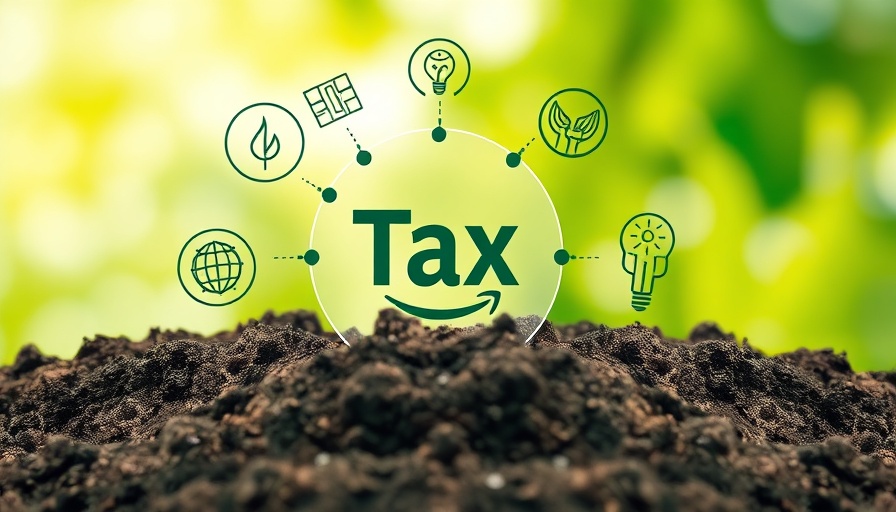
Will the 179D Energy Efficiency Tax Deductions Survive Potential Repeal?
The 179D energy efficiency tax deductions, established to incentivize energy efficiency upgrades in commercial buildings, have experienced a rollercoaster ride of legislative changes since their inception in 2006. Originally created to encourage firms to invest in technologies like advanced HVAC systems and improved lighting, these deductions have been crucial in helping facility managers justify energy efficiency projects through improved return on investment.
The Evolution of the 179D Deduction
Since their introduction, the 179D tax deductions have grown significantly, especially following the passing of the Consolidated Appropriations Act in 2021, which made them a permanent feature of the tax code. The Inflation Reduction Act of 2022 further expanded these deductions, making it easier for businesses to lower their tax burden while enhancing their energy efficiency efforts.
As outlined by the Department of Energy, the 179D deduction allows building owners to claim significant savings based on the energy efficiency improvements made. These improvements include updates to interior lighting, HVAC systems, and the building envelope. The program rewards more substantial energy savings with higher deduction amounts, which can be especially beneficial for larger facilities.
Current Political Climate and Its Implications
The recent election of Donald Trump has led to concerns among facility managers and energy advocates about the sustainability of these beneficial deductions. As reported by Ben Evans of the U.S. Green Building Council, there is a heightened risk of repeal under the new administration, a reality that could dismantle a program that has enjoyed bipartisan support.
Trump’s past actions against various climate-related policies and initiatives raise questions about the future of energy incentives like the 179D deduction. Many stakeholders in the building industry fear that any move to repeal these popular tax deductions could jeopardize significant energy efficiency projects already underway, undoing years of financial incentives that have proven beneficial.
The Future of 179D: Adaptation and Resilience
Despite the current uncertainties, commentators suggest a need for facility managers to adapt and innovate. Understanding the nuances of the 179D program can be instrumental in navigating potential changes. Engaging in aggressive energy audits, improving building performance, and documenting energy savings can help businesses qualify for deductions even if political winds shift.
Furthermore, IRS adjustments for the 2025 tax year indicate growing opportunities. Under recent updates, properties meeting certain prevailing wage and apprenticeship requirements can enjoy substantially increased deductions. For projects that exceed 25% energy savings, deductions can escalate, rewarding forward-thinking approaches to energy efficiency.
Preparing for Potential Changes
Planning and proactive measures will be essential for businesses aimed at maximizing their tax benefits through the 179D deductions. Companies should work closely with tax professionals and energy experts to ensure compliance with any adjustments in legislation and maximize their deductions. The journey towards energy efficiency is not just beneficial from a sustainability perspective but is also becoming critical from a financial sustainability viewpoint.
Conclusion: The Importance of Advocacy for 179D
As facility managers, architects, and engineers navigate the changing landscape of energy efficiency incentives, it becomes imperative to advocate for the retention and enhancement of programs like 179D. By continuing to build awareness about the economic and environmental benefits these incentives provide, stakeholders can maintain their relevance in future discussions and influence decision-makers.
In conclusion, while the political landscape continues to evolve, the path forward is through adaptation, collaboration, and advocacy. Now is the time for facility managers and building owners to strategize how to maximize their use of energy-efficient technologies and leverage available tax deductions—while preparing for an uncertain future.
 Add Row
Add Row  Add
Add 




Write A Comment